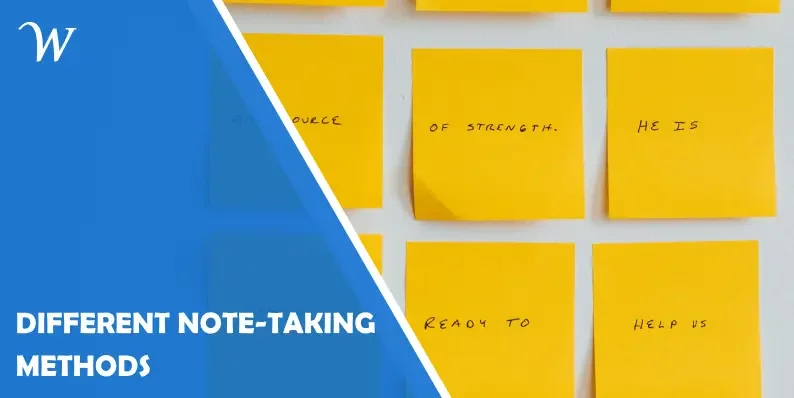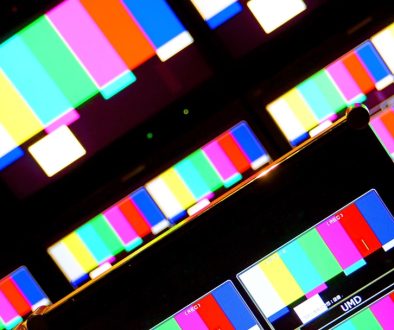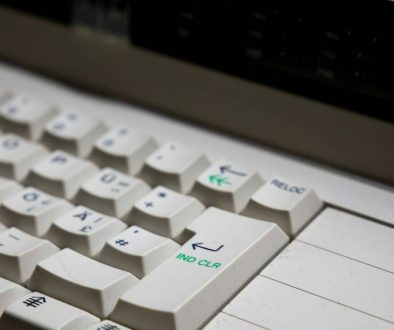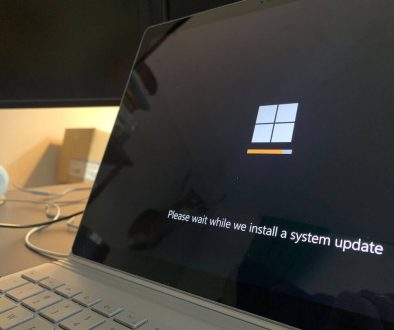Different Note-Taking Methods: Enhancing Productivity with AI-Powered Tools
In today’s fast-paced work environment, the ability to capture information through different note taking methods is more critical than ever. Whether you’re in a meeting, a brainstorming session, or even just having a casual conversation, using the right method can be the difference between success and confusion. The rise of AI-powered tools has further revolutionized how we approach note-taking, providing us with more efficient, organized, and insightful ways to manage the information we gather. From traditional pen-and-paper techniques to advanced digital solutions, each method offers unique advantages that can be tailored to specific needs. By exploring various note-taking methods and understanding how they integrate with modern AI technologies, we can significantly boost productivity and ensure that important details are never missed. Let’s dive into how these methods work and the ways AI enhances their effectiveness in our daily tasks.

The Importance of Effective Note-Taking
Note-taking isn’t just about jotting down what you hear—it’s about synthesizing information in a way that makes it useful later. Whether you’re recalling details for a project, summarizing a meeting, or brainstorming ideas, the right notes can be a game-changer. They help you stay organized, focused, and ready to act on what you’ve discussed.
Meetings are where decisions are made, strategies are formed, and ideas are exchanged. However, without proper notes, the valuable information shared can easily be forgotten. Effective note-taking ensures that all participants leave with a clear understanding of the discussion, decisions made, and next steps. It also provides a reference point for those who couldn’t attend, ensuring continuity.
Understanding Different Note-Taking Methods
The Traditional Pen and Paper
Despite the digital age, traditional pen and paper remain a popular method for note-taking. The tactile experience of writing by hand can enhance memory retention and focus. However, the downside is that these notes can be easily lost, and organizing them can be cumbersome.
Digital Note-Taking
Digital note-taking has become the norm in many workplaces. Tools like Microsoft OneNote, Evernote, and Google Keep offer easy ways to capture, organize, and share notes. Digital notes are easily searchable, can be backed up to the cloud, and are accessible from any device. This method is particularly useful for those who prefer typing over writing.
Mind Mapping
Mind mapping is a visual note-taking method that helps organize information hierarchically. It’s particularly useful for brainstorming sessions and planning. Tools like MindMeister and XMind allow you to create digital mind maps that can be easily edited and shared.
The Cornell Method
The Cornell Method involves dividing your notes into sections: a main note area, a sidebar for keywords and questions, and a summary section at the bottom. This structure helps in reviewing and studying notes later. Digital versions of this method can be easily set up in tools like Notion or OneNote.
Bullet Journaling
Bullet journaling is a customizable method that combines a to-do list with note-taking. It’s highly adaptable, allowing you to structure your notes in a way that suits your workflow. Apps like GoodNotes or physical bullet journals are popular among those who like a mix of structure and creativity.
Flow-Based Note-Taking
Flow-based note-taking captures the natural flow of conversation, making it ideal for dynamic discussions like brainstorming or strategy sessions. This method is less structured but helps in capturing ideas as they come. Tools like Roam Research or Milanote support this free-form style.
How AI is Revolutionizing Note-Taking
AI is fundamentally transforming the way we approach note-taking, making it faster, more accurate, and highly efficient. One of the most significant advancements is automated transcription, where AI tools like Otter.ai and Fireflies.ai can instantly convert spoken words into written text during meetings, ensuring that no important detail is missed. Beyond transcription, AI excels in summarization, helping users quickly grasp the most crucial points from lengthy discussions by automatically generating concise summaries. This feature is particularly valuable in high-paced environments where time is of the essence. AI also enhances the organization of notes by categorizing and tagging information based on context, making it easier to retrieve and review later. Furthermore, AI-powered tools can integrate seamlessly with popular meeting platforms like Zoom and Microsoft Teams, providing real-time transcriptions and summaries directly within the meeting interface. Another innovative application is contextual search; AI can search through vast amounts of notes and highlight relevant information based on your queries, saving time and improving accuracy. Lastly, AI is increasingly being used for sentiment analysis, identifying the emotional tone of the meeting discussions, which can be crucial for understanding team dynamics or client feedback. Together, these AI-driven capabilities are not just streamlining the note-taking process but also enhancing the way we interact with and utilize our notes in professional settings.
Best Practices for Note-Taking in Meetings
To maximize the effectiveness of your note-taking during meetings, it’s essential to prepare beforehand by reviewing the agenda and understanding the key topics that will be discussed. This preparation allows you to anticipate important points and choose the most suitable note-taking method, whether it’s a structured approach like the Cornell Method or a more dynamic style like flow-based notes. During the meeting, it’s crucial to stay focused and organized, ensuring that you capture not only the main ideas but also action items, decisions, and any follow-up tasks. Use clear headings and bullet points to make your notes easy to scan and reference later. After the meeting, take time to review and refine your notes, filling in any gaps and organizing them into a logical structure. This process not only reinforces your understanding but also ensures that your notes are actionable and accessible for future use, whether for personal reference or to share with your team.
Combining Methods for Optimal Results
Combining different note-taking methods can lead to a more effective and comprehensive capture of information during meetings. For instance, you might start with mind mapping to visually organize ideas during a brainstorming session, allowing you to see connections and relationships between concepts. As the discussion progresses, you could switch to a structured approach like the Cornell Method to break down key points, questions, and summaries, ensuring that your notes are organized and easy to review later. Incorporating digital tools alongside traditional methods can also be beneficial; for example, you could take handwritten notes for their tactile benefits and then use an app to digitize and organize them for easy access. Additionally, integrating AI-powered tools with your manual note-taking can enhance accuracy and efficiency by automatically transcribing, summarizing, and highlighting important information. This hybrid approach not only caters to different learning styles and preferences but also ensures that you capture both the big picture and the crucial details effectively.

In conclusion, note-taking is an essential skill that can significantly boost productivity, especially in a meeting setting. By understanding and using different methods, and integrating AI-powered tools, you can enhance the quality of your notes and make sure they serve their purpose effectively. As technology continues to evolve, the future of note-taking looks promising, offering more advanced and intuitive ways to capture and utilize information.
- The Corporate Contract Winner: Landing High-Volume B2B Orders with WP Gift Wrap - December 12, 2025
- The Missing Link in WordPress Reliability: A Deep Dive into WP Email Log - November 28, 2025
- Video Trimmer That Lets You Rearrange Scenes Instantly - November 11, 2025
Where Should We Send
Your WordPress Deals & Discounts?
Subscribe to Our Newsletter and Get Your First Deal Delivered Instant to Your Email Inbox.



